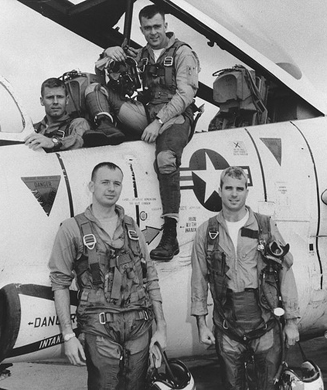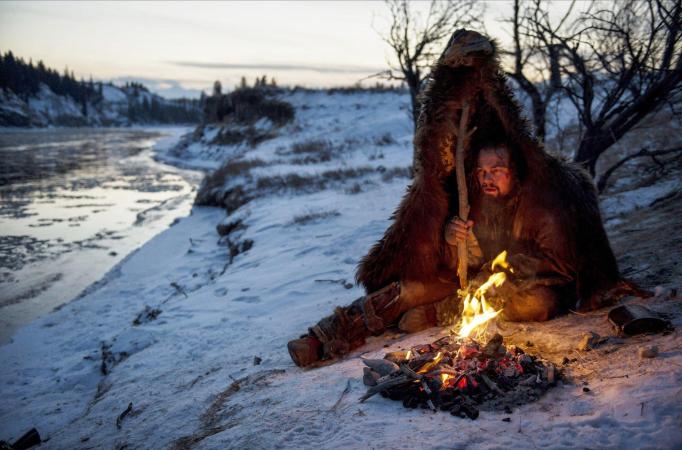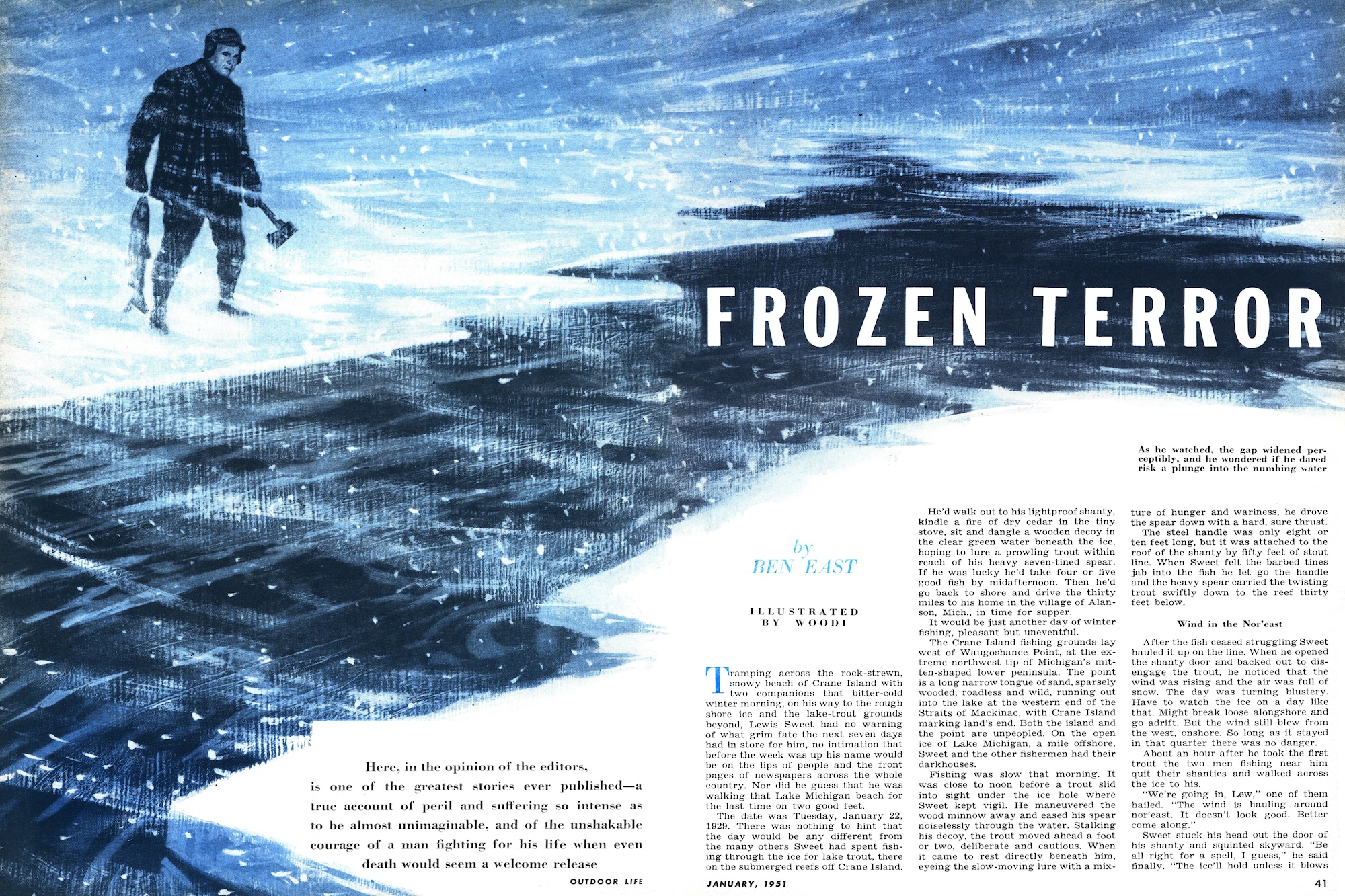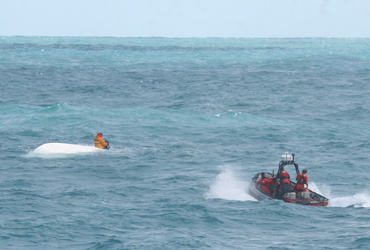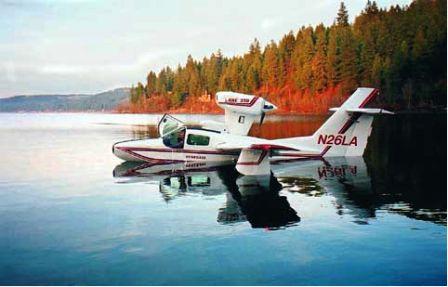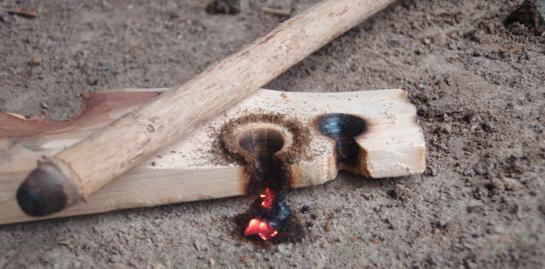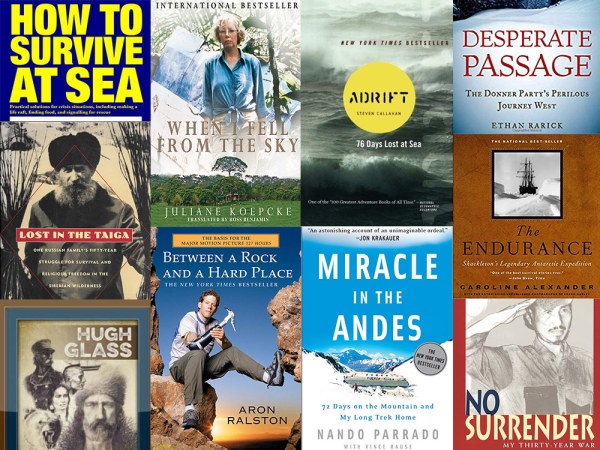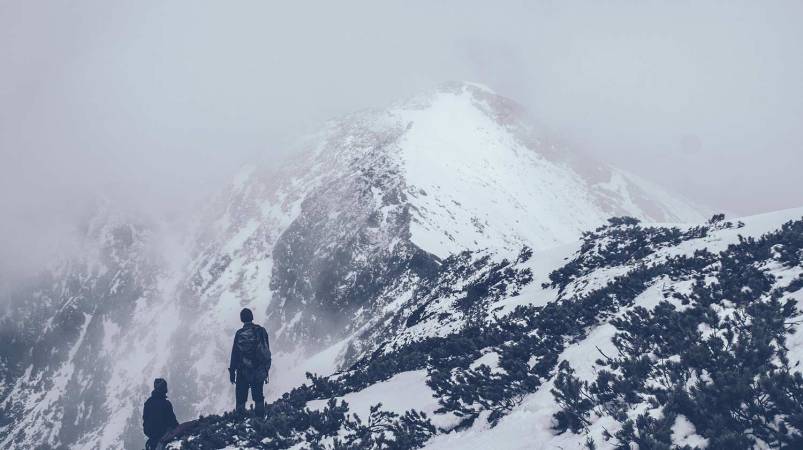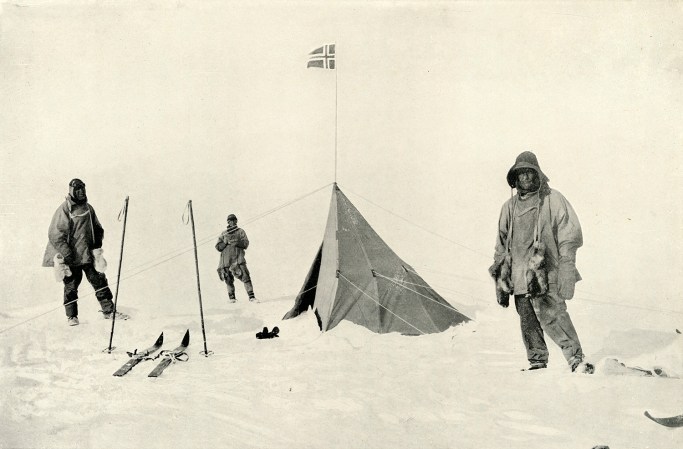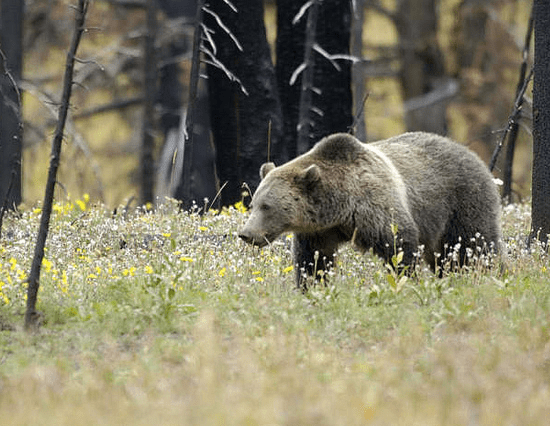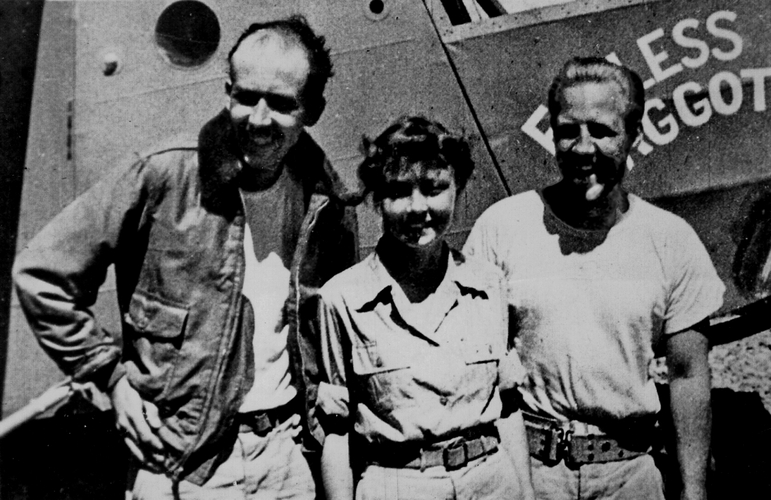
Unlikely Rescuers On May 13, 1945, a U.S. Army Air Force C-47 nicknamed the “Gremlin Special” crashed into a mountainside in what was then Dutch New Guinea. The plane carried 24 officers and enlisted women. Only three survived, Lt. John McCollom was relatively unharmed, but WAC Cpl. Margaret Hastings and Sgt. Kenneth Decker were badly hurt. They soon found themselves in the middle of a modern Stone Age culture still untouched by the outside world. The natives were known cannibals, but luckily for the crash survivors, they mainly ate their enemy tribe. On July 2, 1945, after having spent forty-two days in the jungle and being nursed back to health by friendly natives, the three survivors and their rescue team escaped the island.

Toughest Battle with Dehydration On the night of January 29, 1982, Steven Callahan set sail alone in his small sailboat from the Canary Islands bound for the Caribbean. On February 5, the ship sank in a storm, leaving Callahan adrift in the Atlantic in a five-and-a-half-foot inflatable rubber raft. Naked except for a t-shirt, with only three pounds of food, a few pieces of gear and eight pints of water, Callahan drifted for 76 days, and over 1,800 miles of ocean, before he reached land and rescue in the Bahamas. Callahan’s autobiographical account of the story, Adrift, is a gut-wrenching book that clearly details the extreme mental toughness required to survive at sea. I often cite Callahan when I teach the importance of leadership in a survival situation. Even though Callahan was alone, his mind divided into a “Captain” character and a “crewman” character. The written log from the ordeal records a detailed fight over the water ration. The “Captain” won the fight, the rations continued, and Callahan ultimately survived.

Gutsiest Escape Aron Ralston became widely known in May 2003, when he was forced to amputate his right arm with a dull knife in order to free himself from between a boulder and a rock wall. Ralston was scrambling through a canyon in Utah when a boulder shifted, pinning his arm to the canyon wall. He was alone, and no one knew how to find him. After several days, he finally walked out of the canyon, near death and minus one arm. The whole ordeal is documented in Ralston’s autobiography Between a Rock and a Hard Place, and is the subject of the 2010 film 127 Hours.
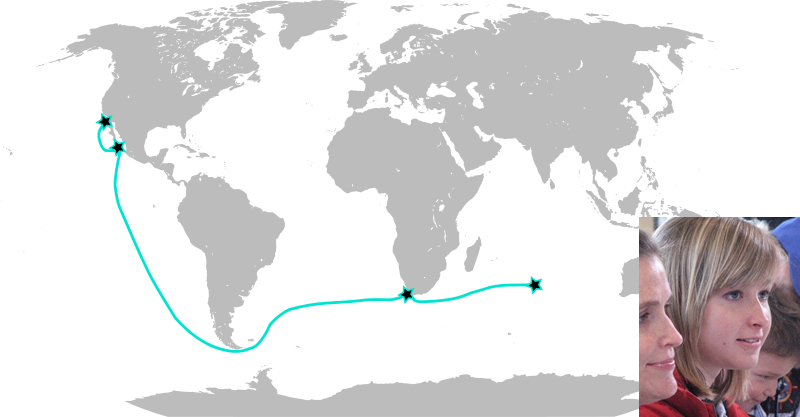
Youngest Survivor Abby Sunderland was attempting to become the youngest person to sail solo around the world, when a strong storm snapped the mast of her 40-foot yacht, Wild Eyes. The 16-year-old was stranded in the Indian Ocean, 2,000 miles from land after being hit by gale-force winds and freezing temperatures. She was rescued by fishermen two days after raising a distress signal. Photo: youllbethere
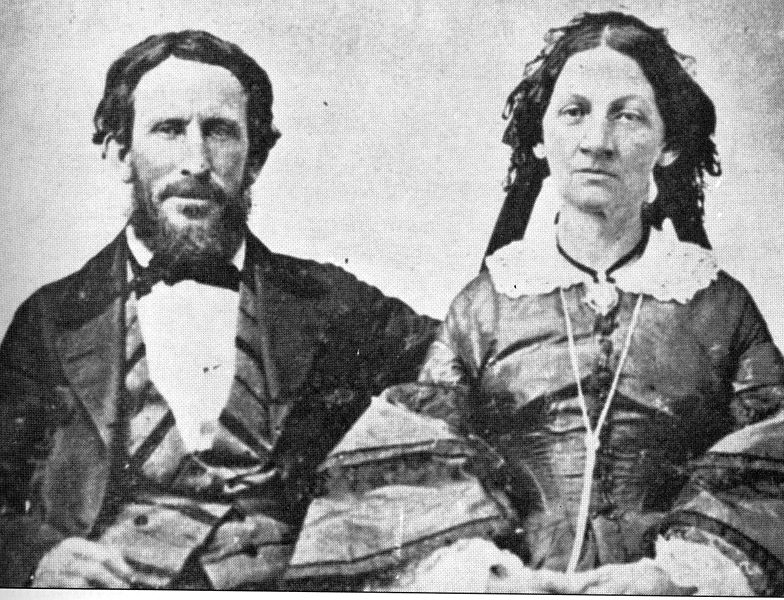
_Worst Winter
_ The Donner-Reed Party was a group of American pioneers who set out for California in a wagon train, but were delayed by a series of mishaps that forced them to spend the winter of 1846-47 snowbound in the Sierra Nevada Mountains. Some of the party resorted to cannibalism to survive, eating those who had succumbed to starvation and sickness. The group became snowed in near a pass in the high mountains in December of 1846. Their first help did not arrive until the middle of February 1847. Two other rescue parties later brought food, and attempted to bring the survivors out of the mountains. Only 48 of the original 87 members of the party lived to reach California. Survivor Virginia Reed’s haunting letter to her cousin, dated May 16, 1847, praised God for saving her life, and said, “…we have all got through and the only family that did not eat human flesh. We have everything but I don’t care for that. We have got through with our lives but don’t let this letter dishearten anybody. Never take no cutoffs and hurry along as fast as you can.” Pretty sound advice. Photo: Karanacs
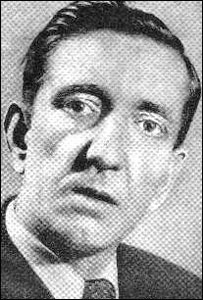
Longest Hike Out Slavomir Rawicz was a cavalry officer in the Polish army when the Red Army captured him during the German-Soviet partition of Poland in 1939. After being tortured and put on trial in Moscow, he was sentenced to 25 years of hard labor in a Siberian Gulag. After a year of unbearable and inhumane conditions, Rawicz and six other prisoners escaped from their labor camp in Yakutsk. The escapees marched 4,000 miles on foot across the frozen Siberian tundra, the Gobi desert, through Tibet and over the Himalayan Mountains to British India. The Book The Long Walk is based on this story.
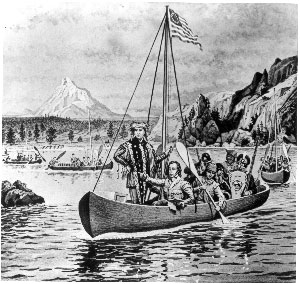
_Surviving the West
_ Thomas Jefferson dispatched Meriwether Lewis and William Clark in 1804 to find a water route across North America and explore the uncharted West. Their famous story of two years of travel and discovery often glosses over the fact that without the help of friendly Native tribes and their interpreter, Sacajawea, the expedition would have starved to death or become hopelessly lost in the Rocky Mountains. Despite the help they received during their expedition, they were robbed, injured and nearly starved many times. Photo: National Archives
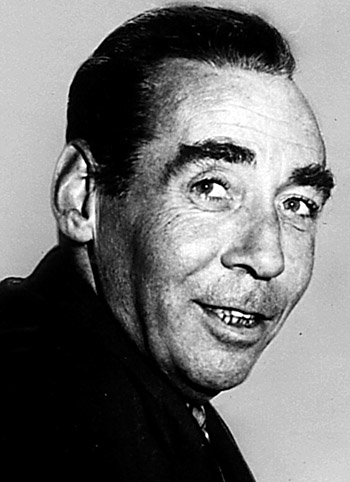
_Trapped Behind Enemy Lines
_ In March 1943, a team of four expatriate Norwegian commandoes, including Jan Baalsrud, sailed from England to Nazi-occupied Norway to organize and supply the Norwegian resistance. Betrayed shortly after landing, the team was ambushed by the Nazis, leaving Baalsrud as the lone survivor. The book We Die Alone recounts Baalsrud’s incredible escape and his iron will to survive. Poorly clothed, with one foot entirely bare, and part of his big toe shot off, Baalsrud was relentlessly pursued by the Nazis. Surviving an avalanche, and suffering from frostbite and snow blindness, Baalsrud fought his way over the Norwegian mountains and tundra to a small arctic village. He was crippled and near death when he stumbled into the village of Mandal. The locals were willing to save him, and help him escape back home to Sweden.
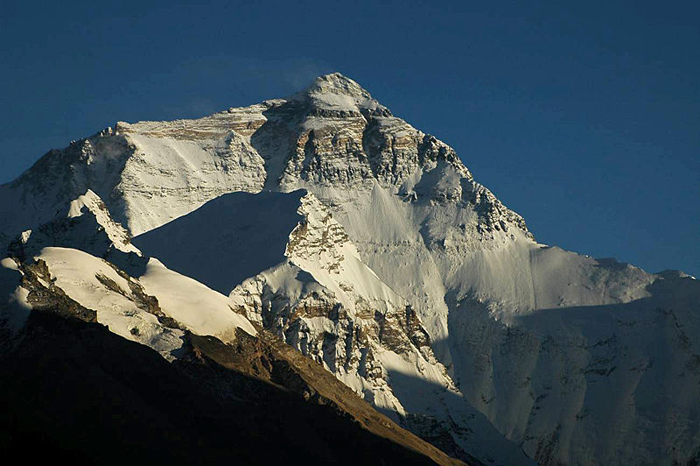
_Everest Escape
_ Jon Krakauer’s bestseller, Into Thin Air, fleshed out many of the details of the ill-fated expeditions that left eight people dead, and became the definitive account of the deadliest season in the history of Mt. Everest. The most amazing part of the story centered on Beck Weathers, who was twice abandoned and presumed to be dead. Weathers spent 18 hours in subzero temperatures in the death zone before miraculously regaining his senses and staggering into camp. He was suffering from severe frostbite, corneal lacerations and hypothermia, and his face was so badly frostbitten it scarcely seemed human. Over the next year Weathers underwent ten surgeries, and his entire right hand and most of his left were amputated. Photo: Ian Dunster
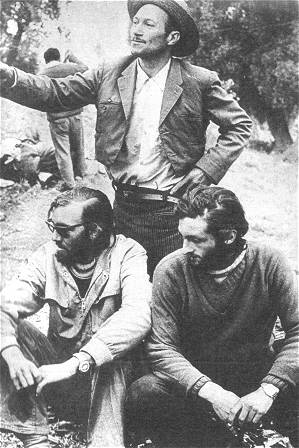
Desperate Measures Most of us are quite familiar with the basic facts of the story. A plane with a Uruguayan rugby team on board crashes into the Andes Mountains. Many on board are killed, and after several weeks without rescue and a few failed attempts to walk off the mountain, the survivors are forced to resort to cannibalism. Nando Parrado (left), the hero and author of the book Miracle in the Andes has provided a fresh re-telling of the high-altitude plane crash through the lens of the person most responsible for the rescue of the survivors. The original story was recounted in the 1974 bestseller, Alive. Although he suffered a fractured skull, was unconscious for three days after the crash and was presumed to ultimately succumb to his injuries, Parrado was able to survive. After several weeks of recovery, he eventually devised a plan and led the team over the 17,000-foot peak that trapped the survivors on a glacier, and marched ten days to rescue.
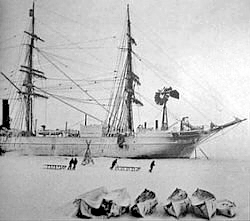
Unlikely Survivors The Endurance: Shackleton’s Legendary Antarctic Expedition is a compelling book about Sir Ernest Shackleton’s failed attempt to cross Antarctica on foot just prior to the start of World War I. Before the expedition was able to reach the continent, their ship, the Endurance, became stuck in an early ice floe in the Weddell Sea. The crew of 27 had no means of communication or hope for outside help, and remained isolated for next 22 months. The men lived within the bowels of the Endurance for almost a year before the ice destroyed it, forcing the expedition to move out onto the frozen sea. Several months later, the expedition built sledges and moved to Elephant Island, a rocky deserted spot of land just beyond the Antarctic Peninsula. At this point, no one knew what happened to the expedition, or where they were. Most people assumed they had been killed. Knowing that a rescue wasn’t going to happen, Shackleton made the decision to take one of the open lifeboats and cross the 800 miles of frigid sea to South Georgia Island where a small whaling station was located. Incredibly, he landed on the wrong side of the island and was forced to trek over the frozen mountains to reach the station.
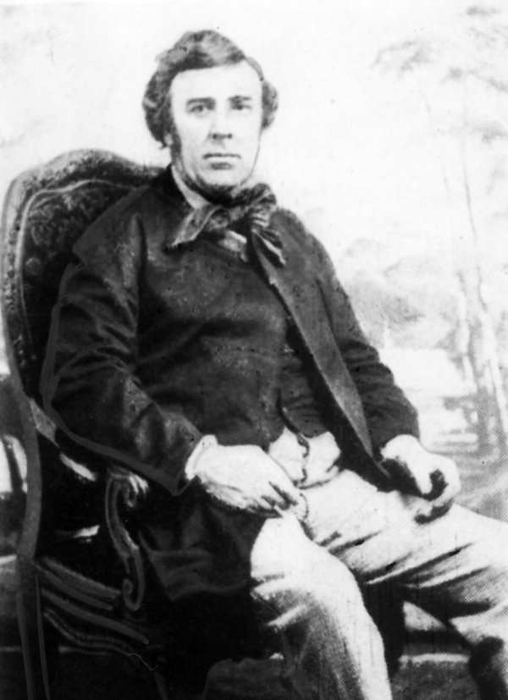
Left For Dead Hugh Glass was a mountain man on a fur trapping expedition led by Andrew Henry in August 1823. The expedition planned to proceed from the Missouri River, up the valley of the Grand River in present-day South Dakota. Glass surprised a mother grizzly bear with her two cubs and sustained massive injuries. He managed to kill the bear with help from his trapping partners, Fitzgerald and Bridger, but was left badly mauled and unconscious. Expedition leader Henry was convinced that Glass would not survive his injuries. Henry asked for two volunteers to stay with Glass until he died, and then bury him. Bridger (then 17 years old) and Fitzgerald stepped forward and began digging his grave. Bridger and Fitzgerald incorrectly reported to Henry that Glass had died. Glass regained consciousness to find himself abandoned without weapons or equipment. He was suffering from a broken leg and cuts on his back that exposed his ribs, and all his wounds were festering. Glass was mutilated and alone, more than 200 miles from the nearest settlement at Fort Kiowa on the Missouri. He set his own broken leg, wrapped himself in the bear hide his companions had placed over him as a shroud, and started to crawl. To prevent gangrene, Glass laid his wounded back on a rotting log and let the maggots eat the dead flesh. Glass survived mostly on wild berries and roots. Reaching the Cheyenne River after six weeks of travel, he fashioned a crude raft and floated down the river, navigating using the prominent Thunder Butte landmark. Aided by friendly natives who sewed a bear hide to his back to cover the exposed wounds, Glass eventually reached the safety of Fort Kiowa.
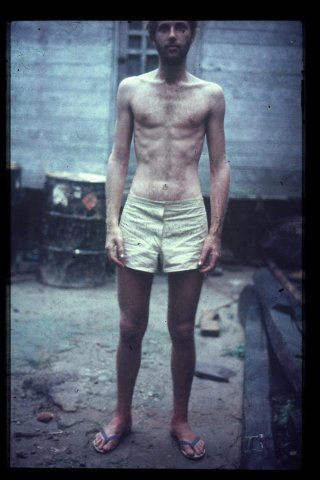
Best Jungle Rescue In 1981, Yossi Ghinsberg and three companions set off into the depths of the Bolivian Amazon. They were ill-equipped for the journey, and soon were hopelessly lost. The party of four broke off into pairs, and two were never seen again. Ghinsberg and his friend built a raft to float downriver, but it caught on a rock and they lost each other in the rapids. For 19 days, Ghinsberg wandered the jungle. Meanwhile, some local men had found Ghinsburg’s friend and helped him search for the others. Miraculously, they found Yossi Ghinsberg still alive, wandering the river bank. Photo ghinsberg.com
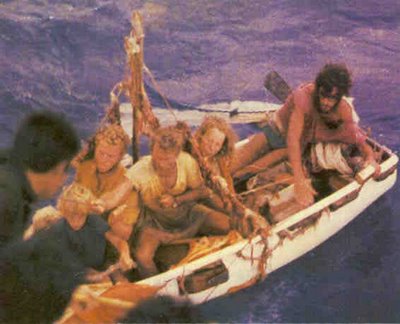
Battered by Orcas Two hundred miles off the Galapagos Islands, a pod of killer whales rammed and destroyed the ship of Dougal and Lyn Robertson on June 15, 1972. The Robertsons were set adrift in a small lifeboat with their three children and their friend. For 36 days the group of six survivors battled the ocean and the weather to stay alive, and eventually find rescue with the Japanese fishing trawler Toka Maru II on its way to the Panama Canal. Robertson, who had been keeping a journal in case they were rescued, recounted the ordeal in the 1973 book Survive the Savage Sea.
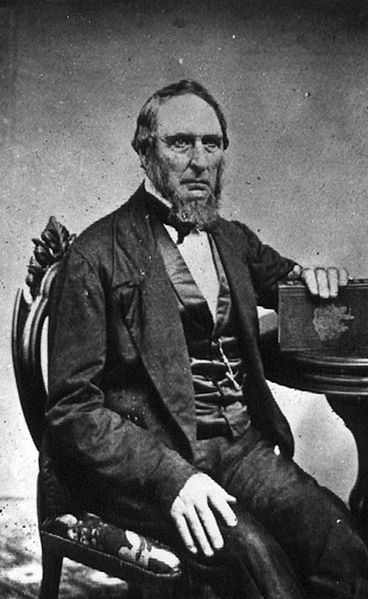
Lost at Sea The whaling ship Essex was rammed and sunk by a Sperm whale on November 20, 1820, in the Pacific Ocean. Twenty-one sailors were set adrift in three small whaleboats with little food or water. The sailors resorted to cannibalism and drinking urine. The boats eventually made their way to a small island, which contained few resources. The men separated to find help, some returning to the ocean in one of their small boats. Only eight of the sailors lived through the ordeal, one of whom, Owen Chase (pictured) , kept a log of the events. Chase was rescued 93 days after the Essex went down.
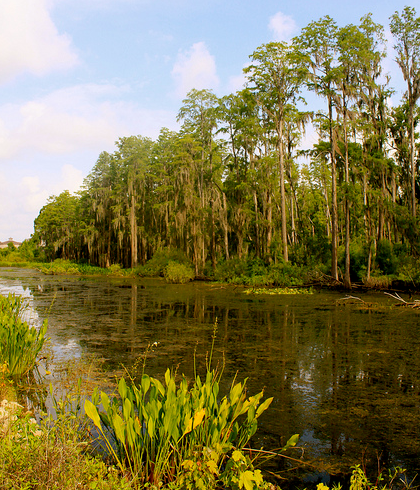
Wildest Swamp Survival On February 16, 1766, Pierre Viaud was a passenger on Le Tigre, a French merchant brigantine, which was en route to New Orleans when it wrecked in a storm 300 yards east of Dog Island. Viaud’s book recounts his struggle to find food and water, to make fire and to find shelter in the Florida swamps. Viaud and his lady companion decide to cut their slave’s throat, so that he would not have to starve to death. They also managed to survive an alligator attack, and eventually find rescue at the shore. Photo: Susan

Greatest Getaway John Colter was an American trapper and guide, who had helped in the Lewis and Clark Expedition. In 1808, Blackfeet Indians captured Colter, stripped him naked and took all his possessions. After the natives told Colter to run, the mountain man quickly realized he was the object of a “human hunt.” A very swift runner, Colter eluded most of the group, but one man gained on him. Turning and facing the Indian, Colter killed him with his own spear and took his blanket. By hiding in the river under a pile of logs, he was able to escape. For the next eleven days he walked 200 miles back to Fort Raymond with only the blanket for warmth and bark and roots for food.

Luckiest Plane Crash Survivor Juliane Diller (born 1954 in Lima as Juliane Margaret Koepcke) is best known for being the sole survivor of 93 passengers and crew in the December 24, 1971, crash of LANSA Flight 508 in the Peruvian rainforest. The airplane was struck by lightning during a severe thunderstorm and exploded in mid-air. Koepcke, who was 17 years old at the time, fell thousands of feet still strapped into her seat. The thick, deep jungle canopy cushioned her fall, and she survived with only a broken collarbone, a gash to her right arm and her right eye swollen shut. Koepcke had no training or gear, but was soon able to locate a small stream, which she followed for 9 days. She finally found a canoe and a nearby shelter, where she waited, and was soon rescued by two loggers.
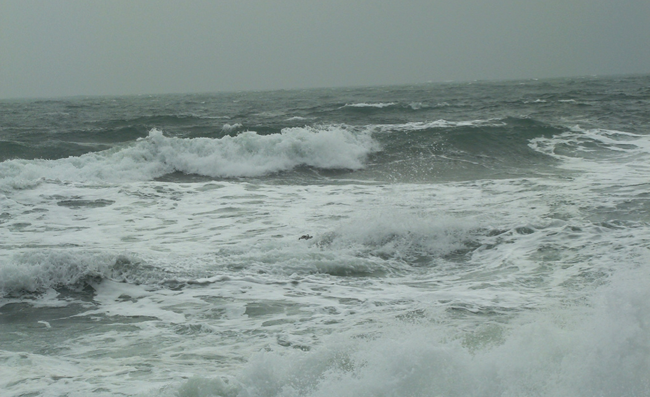
Last Woman Standing In October 1982, Deborah and four other people set out from Maine to deliver the 58-foot yacht Trashman to Florida. Gale winds and high seas off the coast of North Carolina sank the yacht, leaving the crew adrift in a rubber dinghy in shark-filled waters without food or water. Three of them ended up dying. Two of the crew resorted to drinking seawater, which caused their mental state to decline. One man got into the water and was eaten by sharks right underneath the raft. Another simply swam off, never to be seen again. Deborah and one other crewman were able to hang on for 4 days until rescued. Photo: Beachcomber1954

Best Reappearing Act David Steeves, a U.S. Air Force lieutenant in the 1950s, was unjustly accused of giving a Lockheed T-33A trainer jet to the USSR during the Cold War. Lieutenant Steeves was ordered to fly the jet from an Air Force Base near San Francisco, to Craig Air Force Base near Selma, Alabama on May 9, 1957. Steeves and the jet disappeared, and he was declared dead after a search turned up nothing. However, Steeves appeared out of the Sierra Nevada the following July, saying he parachuted after something blew up in the jet. He claimed that he hadn’t eaten for two weeks, until he stumbled upon a ranger’s cabin in Kings Canyon National Park, where he found fish hooks, beans and a canned ham.

Lost in the Great North December 13, 1920, Lieutenants Kloor, Hinton and Farrell of the US Navy crashed in a hydrogen balloon, deep in the Canadian wilderness. They were 20 miles from the nearest town–Moose Factory, Ontario. They traveled through the dense forest for a week, in the brutal winter cold, with little gear or food. They forced each other to keep going, and refused to leave any man behind, until they finally reached a Hudson Bay trading post. Photo: Robert S. Donovan

Stuck in the Sahara In 1815, eleven American sailors and their Captain, James Riley, were shipwrecked and washed up on the shore of North Africa. Soon captured and sold into slavery, they were then dragged along on an insane journey through the heart of the Sahara desert. Along the way, they encountered murder, starvation, death, dehydration, and hostile tribes that roamed the desert. The Captain and a few of his men were eventually freed by a sympathetic British merchant.

Longest Holdout Second Lieutenant Hiroo Onoda, a former Japanese army intelligence officer who fought in World War II, did not surrender until 1974, spending almost thirty years holding out in the jungles of the Philippines. Onoda continued his campaign well after the war ended, initially living in the mountains with three fellow soldiers. As his fellow soldiers died or surrendered, Lieutenant Onoda refused to believe the letters and notes left for him that the war was over. He finally emerged from the jungle, 29 years after the end of World War II, and accepted his former commanding officer’s order. Onoda formally surrendered, wearing a hand-made, coconut fiber uniform, as his old uniform had long since rotted away.

Luckiest Fall Two-thirds of the way into his fourth attempt to collect the $1 million prize for circumnavigating the globe solo in a helium balloon, adventurer Steve Fossett ran headlong into a storm over the Coral Sea. Fossett decided to try sailing his vessel, The Solo Spirit, over the storm. At 30,000 feet in the air, the hail shredded the mylar skin of The Solo Spirit and Fossett’s passenger capsule began falling from the sky. To brace for impact, Fossett lay across the bench of the capsule and awaited his fate. Shockingly, when the remnants of The Solo Spirit splashed down, Fossett was completely unharmed. As the passenger capsule filled with water, he scrambled out with a life raft, and was rescued 10 hours later.
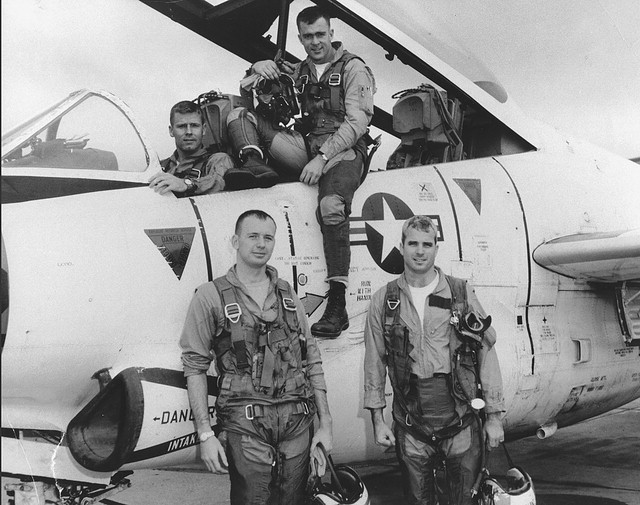
Toughest Prisoner On October 26, 1967 Lieutenant Commander John McCain was shot down by a missile over Hanoi, Vietnam. When trying to eject from the aircraft, McCain fractured both arms and a leg and almost drowned when he parachuted into Truc Bach Lake. North Vietnamese residents then pulled him ashore while others crushed his shoulder and bayoneted him. McCain was then transported to Hanoi’s main Hoa Lo Prison, a.k.a. the “Hanoi Hilton.” McCain’s captors refused to treat his injuries and proceeded to beat and interrogate him to get information. He was eventually sent to a different camp on the outskirts of Hanoi in December 1967, and was placed in a cell with two other Americans. In March 1968, McCain was put into solitary confinement, where he would remain for two years. In mid-1968, McCain’s father, Admiral John S. McCain, Jr., was named commander of all U.S. forces in Vietnam and the North Vietnamese offered McCain an early release. McCain turned down the offer and said he would only accept if every man taken in before him was released as well. McCain was subjected to rope bindings and repeated beatings every few hours and was suffering from dysentery at the time. After four days, McCain hit his breaking point and gave an anti-American propaganda “confession,” but he subsequently received two to three beatings weekly because of his refusal to sign additional statements. Altogether, McCain was a prisoner of war in North Vietnam for more than five years. He was released on March 14, 1973.
Our survival expert, Tim MacWelch, collected the 25 most incredible, unlikely and daring survival stories of all time.
